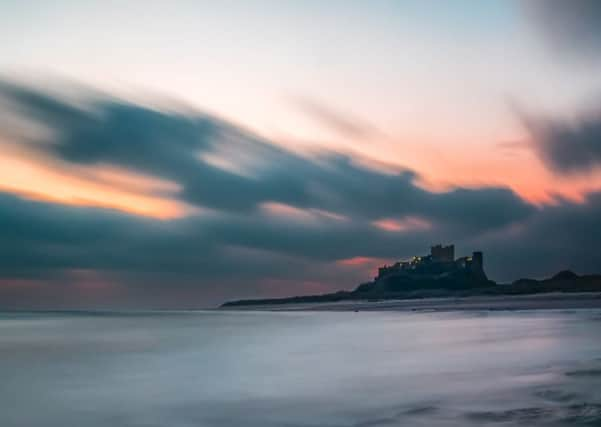NORTHUMBERLAND CAMERA CLUB: Understanding '˜raw' images


Raw development is a huge part of that process and a skill worth acquiring.
It’s not an acronym. Although many people write it as ‘RAW’, it should be ‘raw’, referring to the file of raw, unadulterated data that comes from a camera’s sensor.
Advertisement
Hide AdAdvertisement
Hide AdRaw files preserve all the data from the sensor so you have maximum scope of adjusting how the final image looks.
These adjustments are non-destructive. You can repeatedly change the way we preview the resulting image but the data from the sensor remains unchanged.
The enormous combination of settings can result in the final image looking exactly how you want it, if you know how.
Millions of individual photosites, (microscopic light-sensing dots) on the camera’s sensor detect varying amounts and different colours of light.
Advertisement
Hide AdAdvertisement
Hide AdIn most cameras the photosites are set in a Bayer Pattern. This array of red, green and blue pixels approximates the proportion of red, green and blue light-sensitive cones in our eyes. The camera’s processor reads and stores the raw data from the photosites onto the memory card.
The raw file records other information too. It contains metadata from your camera including the camera and lens model and serial number, the date and time, GPS information, file numbers, as well as the camera’s exposure settings. That data helps protect your copyright and aids recovery of stolen equipment. But beware! Posted online, that information might be useful to a criminal.
Raw files record the digital adjustments in your camera. Often called filters or effects, you can view and change these, but only using the camera’s own proprietary software.
Raw files have their drawbacks. They are large and not universally compatible. If you want to share an image, you do need to create a jpeg copy. Think of raw files like a film negative, and the jpegs digital versions of prints.
Advertisement
Hide AdAdvertisement
Hide AdMore sophisticated raw converter programs on your computer, such as Lightroom, Affinity and On1, can read the raw data but can’t see or change the digital adjustments made in camera. You can only change the way they display the image corresponding to the new adjustments made using those programmes. Once you have the result you like, you can export those settings to create a more widely compatible image file, such as a jpeg. The process of creating a jpeg copy compresses the data, discarding much of the unused information unnecessary for that image. However, the original raw file always remains unchanged, so you can create multiple, different-looking jpeg images from the same raw file.
If you produce only jpeg images straight out of camera, the conversion from raw to jpeg is pre-programmed by technicians sitting somewhere on the other side of the world. You lose control and much of the data through the compression process. So, although the result may be excellent, that method may limit you to one good conversion, much like using a Polaroid Instamatic camera. There are books and online tutorials that teach raw development, or you can find workshops run by professional photographers. I run them! Do learn to shoot raw.
Continuing the theme of “Colour”, this week’s keywords are “Electric” and “Best”.
Get out, capture some colourful images and post them and join in the conversation in the Northumberland Club’s Facebook group. http://bit.ly/PicNlandPost images to http://bit.ly/PicNland and tag them #PicNorthumberland
For more tips from Ivor, check out his website: https://www.ivorphotography.co.uk/